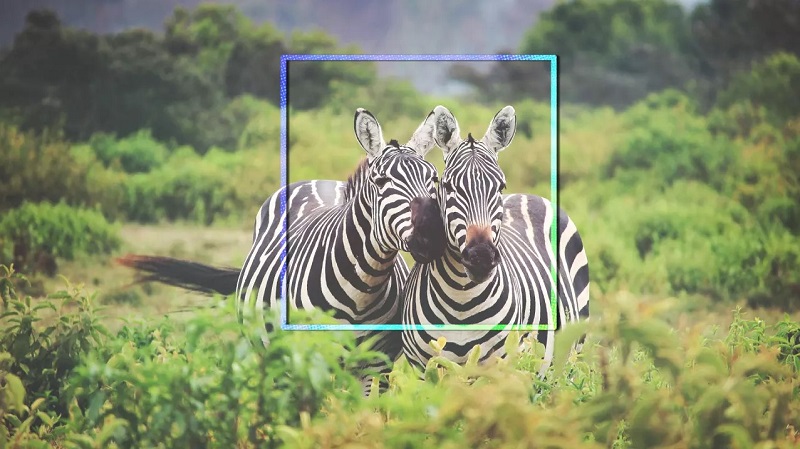Indian Student Develops An AI For Finding And Saving Endangered Animals
Harin - Jul 29, 2019

A student called Aditya Radhakrishnan taking part in Google's 2019 Science Fair competition has built an AI that can identify and save endangered species.
- New ‘Deep Nostalgia’ AI Allow Users To Bring Old Photos To Life
- Pilots Passed Out Mid-Flight, AI Software Got The Aircraft Back Up Automatically
- YouTube AI Mistakes Black And White In Chess For Racism
Manpower is the biggest problem we have to face when it comes to conserving wildlife. Endangered species are being killed by humans, but it is also human experts who are the fastest at identifying endangered animals. But the problem is, we don’t have enough staff. So that’s why this AI might change that.

A student called Aditya Radhakrishnan who took part in the 2019 Science Fair competition of Google, believes that an AI that can identify endangered species is the solution.
At the moment, CNNs or Convolutional Neural Networks are in charge of this task. However, they only work for other animals. They aren’t trained for animals that are rarer since there just isn’t enough data.
Radhakrishnan using hypernetworks has come up with a solution, which according to him, can deal with this challenge. For the training of CNNs, common species’ images are used so that the CNNs can identify each species. A corresponding CNN is then paired with each of the species’ image to train the hypernetwork.
The outcome is a hypernetwork which whenever receive an image of an endangered or rare species, is capable of generating a new CNN. This new CNN can identify the same species’ other images.

When being tested, the hypernetwork could identify dog breeds 90% of the time and rare butterflies 70.5% of the time. Radhakrishnan believes that the accuracy of the hypernetwork can be greatly improved if we combine animals’ images with those of faces, hair, horns, and footprints.
This AI could be of great use when dealing with illegal poaching and trafficking as well as analyzing wildlife population and diversity. The AI can also be installed on mobile devices for use in remote offline fieldwork.
Featured Stories

Features - Jul 01, 2025
What Are The Fastest Passenger Vehicles Ever Created?

Features - Jun 25, 2025
Japan Hydrogen Breakthrough: Scientists Crack the Clean Energy Code with...

ICT News - Jun 25, 2025
AI Intimidation Tactics: CEOs Turn Flawed Technology Into Employee Fear Machine

Review - Jun 25, 2025
Windows 11 Problems: Is Microsoft's "Best" OS Actually Getting Worse?

Features - Jun 22, 2025
Telegram Founder Pavel Durov Plans to Split $14 Billion Fortune Among 106 Children

ICT News - Jun 22, 2025
Neuralink Telepathy Chip Enables Quadriplegic Rob Greiner to Control Games with...

Features - Jun 21, 2025
This Over $100 Bottle Has Nothing But Fresh Air Inside

Features - Jun 18, 2025
Best Mobile VPN Apps for Gaming 2025: Complete Guide

Features - Jun 18, 2025
A Math Formula Tells Us How Long Everything Will Live

Features - Jun 16, 2025
Comments
Sort by Newest | Popular